Advice Articles
- Home
- Advice Articles
- Breastfeeding
- Baby’s First Cuddle – Skin to Skin
Baby’s First Cuddle – Skin to Skin

Skin to skin contact is recommended for mum’s and babies for many reasons and all of them are good. What are these many good reasons?
Babies are warmer because your temperature regulates their temperature; your heart rate and breathing regulates their heart rate and breathing – all of this will help your baby maintain an even blood sugar level. Your baby will cry once born but this is called a ‘birth cry’ – it helps babies to clear their lungs of amniotic fluid and to initiate breathing.
Baby and you will be much happier being in close contact – this will help you both start the bonding process. Being in contact with your skin also helps baby’s skin to gather up your healthy bacteria. Your bacteria coats baby’s skin to give him an extra layer of protection against infection. There are many reasons not to wash your baby within at least the first 24 hours after birth and perhaps not for the first few days. The white coating on your baby’s skin is called ‘vernix’ – it is your baby’s moisturiser and will slowly soak into his skin.
Cuddling will also help release oxytocin and prolactin – hormones which help with mothering and breastfeeding. Your baby will also start to show feeding behaviours (see below) and his digestive system will be stimulated.
Sometimes babies arrive early; skin to skin can really help preterm babies to be more stable, maintain their temperature, fight infection, and grow and develop better – all of this will help your baby be discharged from hospital better. Preterm babies who are bottle feed with your expressed breastmilk are more likely to leave hospital earlier. Your health professional will be able to advise when you will be able to start holding your preterm baby in skin to skin.
How is skin to skin done?
Baby is dried and then put naked onto your abdomen or chest. Talk to your health professionals about delaying the cutting of the umbilical cord that connects you and baby. Delaying this process has lots of benefits for your baby.
At birth babies have a natural instinct to feed; when left in uninterrupted skin to skin contact your baby will go through the following steps to initiate his first feed:
- Continue the birth cry for a short while when first in skin to skin
- Will start to relax and go to sleep – this will help baby recover from the birth
- Will start to wake up; may start to show signs of early feeding cues
- Will start to move around gently at first; some babies may make a big lurch for your breast or up toward your chest if they are on your abdomen – it can be quite scary! But it is normal behaviour – don’t stop baby from moving by holding him tightly or prevent him from making his way to your breast
- Your baby will start to crawl toward your breast – just keep your hands loosely over or near baby – try not to prevent baby’s movements – it’s difficult because instinctively you’ll want to help him but he can do it himself – just don’t rush him!
- It’s a big journey for your baby to reach your breast and especially after having just been born! So he may well have another rest – don’t mistake this time for him not wanting to feed – just wait for him to wake up again
- Now he is showing early feeding cues – licking lips and your nipple, moving his head, nuzzling and smelling you. After a while he will self-attach and feed
- He may stop and start – there is no rush for his first feed, he’ll finish when he is ready and go to sleep
Ideally, this process shouldn’t be interrupted for routine baby birth checks. Everyone wants to know how much baby weighs but this and all the other checks can wait until baby has fed. By letting babies complete the baby crawl and have their first feed will help them to remember what to do at the next feed.
There are times when you and baby are not able to begin skin to skin immediately at birth – baby is born early or there is a problem at birth that requires baby to be looked after by the neonatal staff; or it could be medication you have received during labour may make baby less responsive to feeding, you may be tired or you may require further analgesia to repair any perineal damage.
In these circumstances your health professional will advise what is best to do; skin to skin may still be the best advice for you and baby.
Gosh! That’s a lot to take on board – going to a local breastfeeding group can help you to talk through skin to skin contact and baby’s first feed. Remember you will always do the best for you and your baby. Happy first cuddle!
Related Categories
Related Articles
-
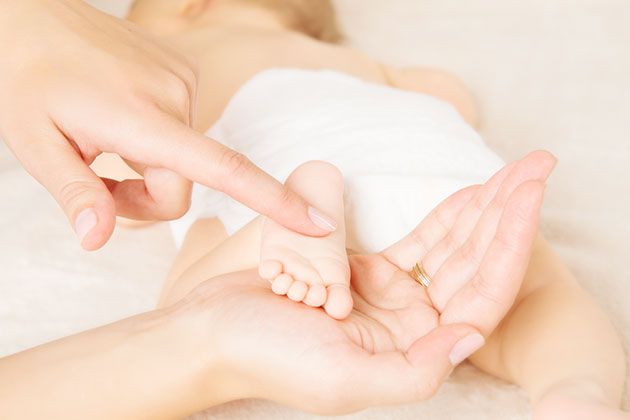
Baby Massage – The Benefits
Getting to know your baby’s skin through massage is a great way to check...
Read More -

Baby’s First Feed
Baby's First Feed Read breastfeeding advice and what to expect in the first few days...
Read More -
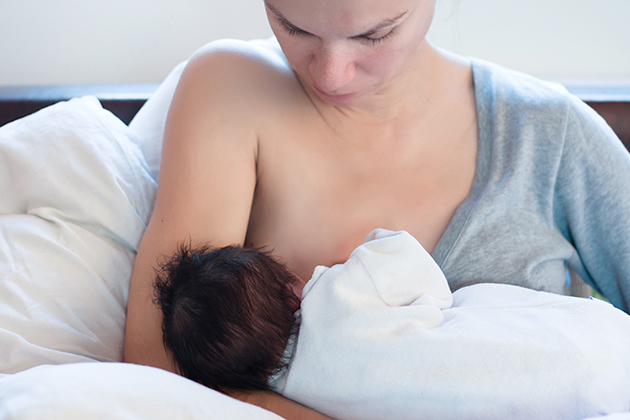
Breastfeeding – The Early Days
Just keep persevering and trust that you are giving your baby the best possible...
Read More -
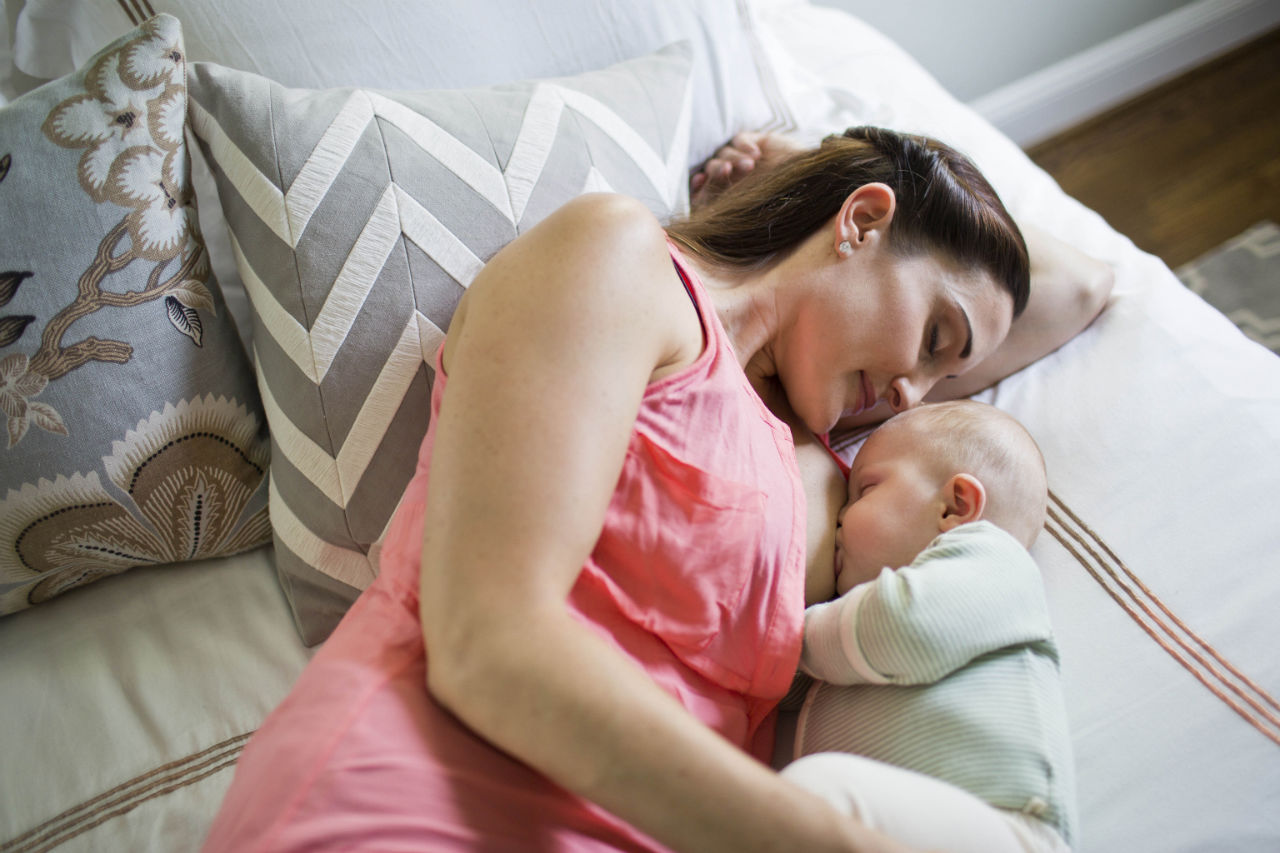
Bonding
This type of bonding can happen very quickly within minutes or hours of birth,...
Read More -
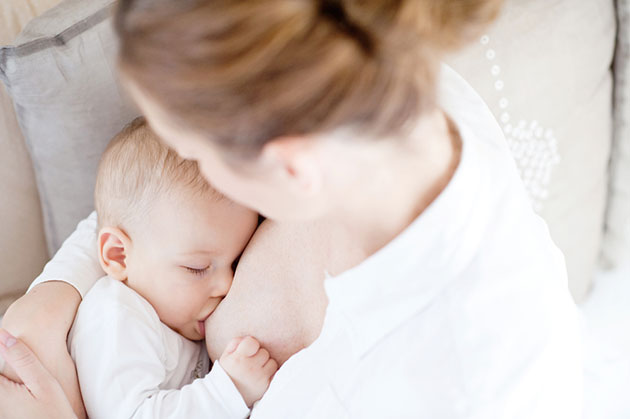
The importance of breastfeeding
Breastfeeding is very important for your baby and for you. That's why here at...
Read More
You May Also Need
-
... View -

HPA® Lanolin Nipple Cream for Sore & Cracked Nipples
Sore nipples are very common during breastfeeding and can often be a result of the uncomfortable positioning... View -
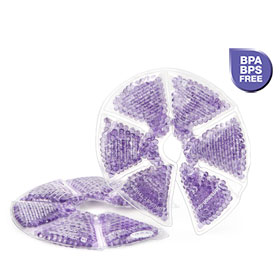
Thera°Pearl® 3-in-1 Breast Therapy
Flexible and reusable, Thera°Pearl’s 3-in-1 Breast Therapy packs have soft covers that can be slipped... View -
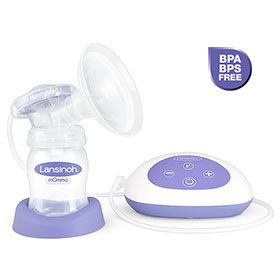
Single Electric Breast Pump
Lansinoh’s Single Electric Breast Pump has been designed to help you express your precious breast milk... View
